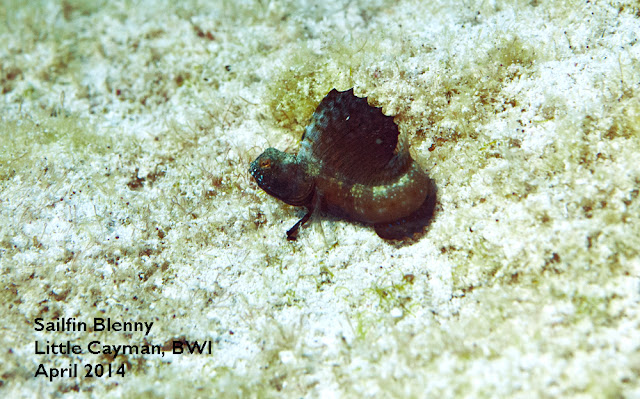Virtual Travel-Meet a Balloonfish

This Balloonfish was seen at Ringer's Wall, Bloody Bay Marine Park, Little Cayman, BWI. Balloonfish, Diodon holocanthus, is a slow-moving fish has small fins for navigating the shallow reefs or sea grass beds it prefers. They are extremely shy and tend to avoid divers. They swim slowly away or turn as if to say "you can't see me." The body is covered in long, sharp spines that stick out when the fish inflates. The balloonfish inflates by taking water into its body when it is threatened. All members of the family Diodontidae are capable of inflation. Along with inflation, there may also be a color change due to the excitement. The balloonfish looks like similar species and can be identified by the dark blotches on its body, and the dark bars that run vertically across each eye. Their teeth are formed into a beak that can crush shells of the mollusks and crustaceans it hunts at night. #littlecayman #bloodybay #littlecaymandivers #divecayman #lcdivers #









